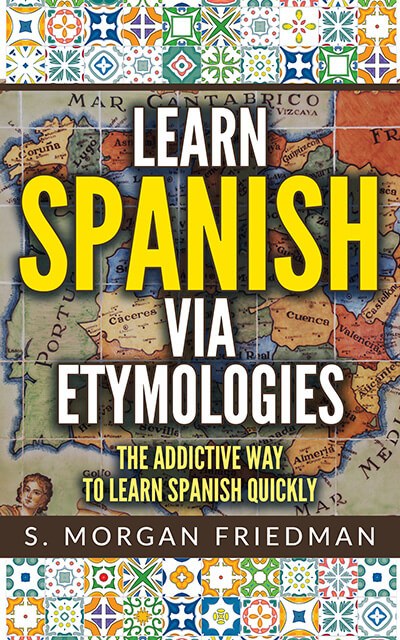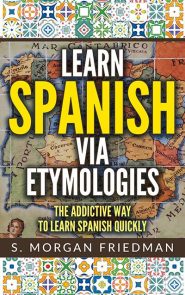Colgar (Spanish for, “to hang”) comes from the Latin collocare — from which, unsurprisingly, we get the English, collocate. We can see the c-l-g mapping in colgar to the c-l-c root in the English and the original Latin. Hanging is really just a form of locating it!
Collocare itself comes from the prefix com– (“with”; like the Spanish con-) plus the root locare, “to place.” Thus, the word is a cousin of lugar (Spanish for “place”) and its English cousin… locate. Yes, we see the l-g map to the l-c, too. Another example of the c/g swap that we also see in colgar and collocate.

